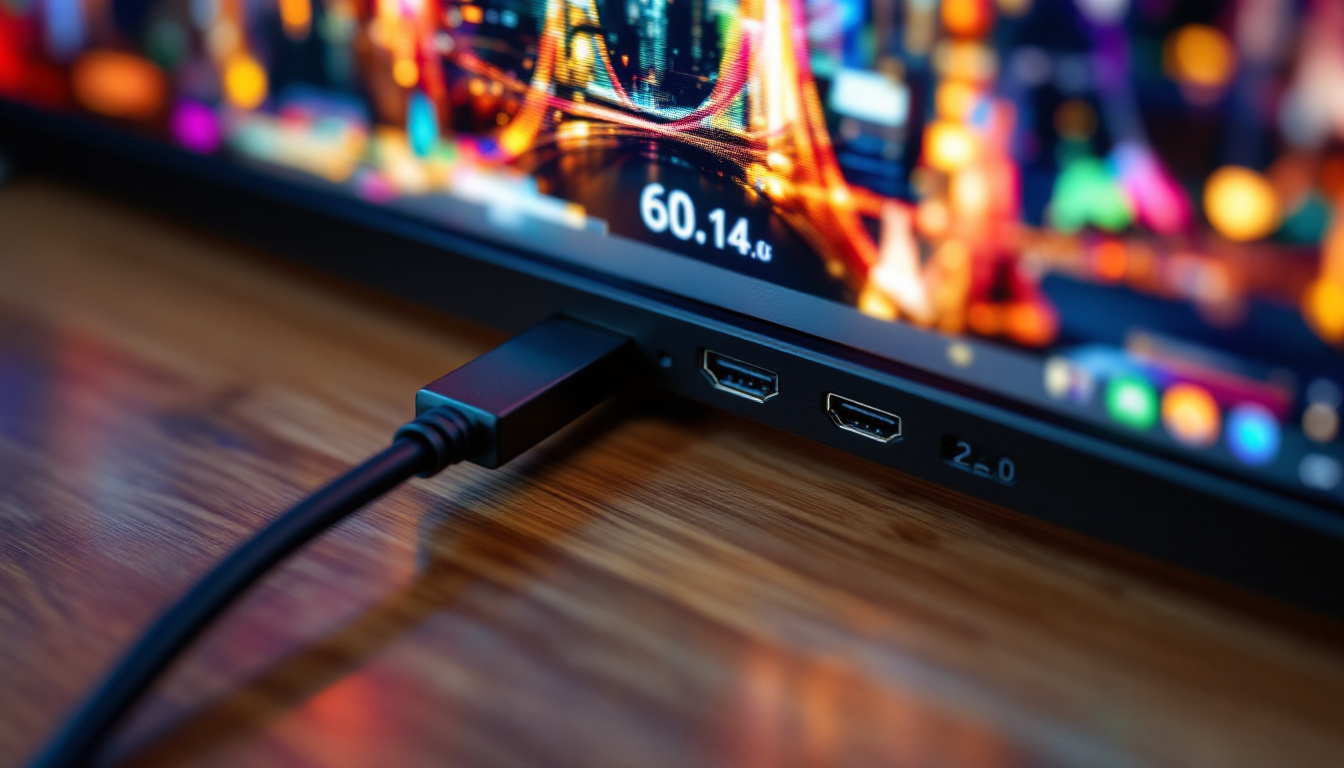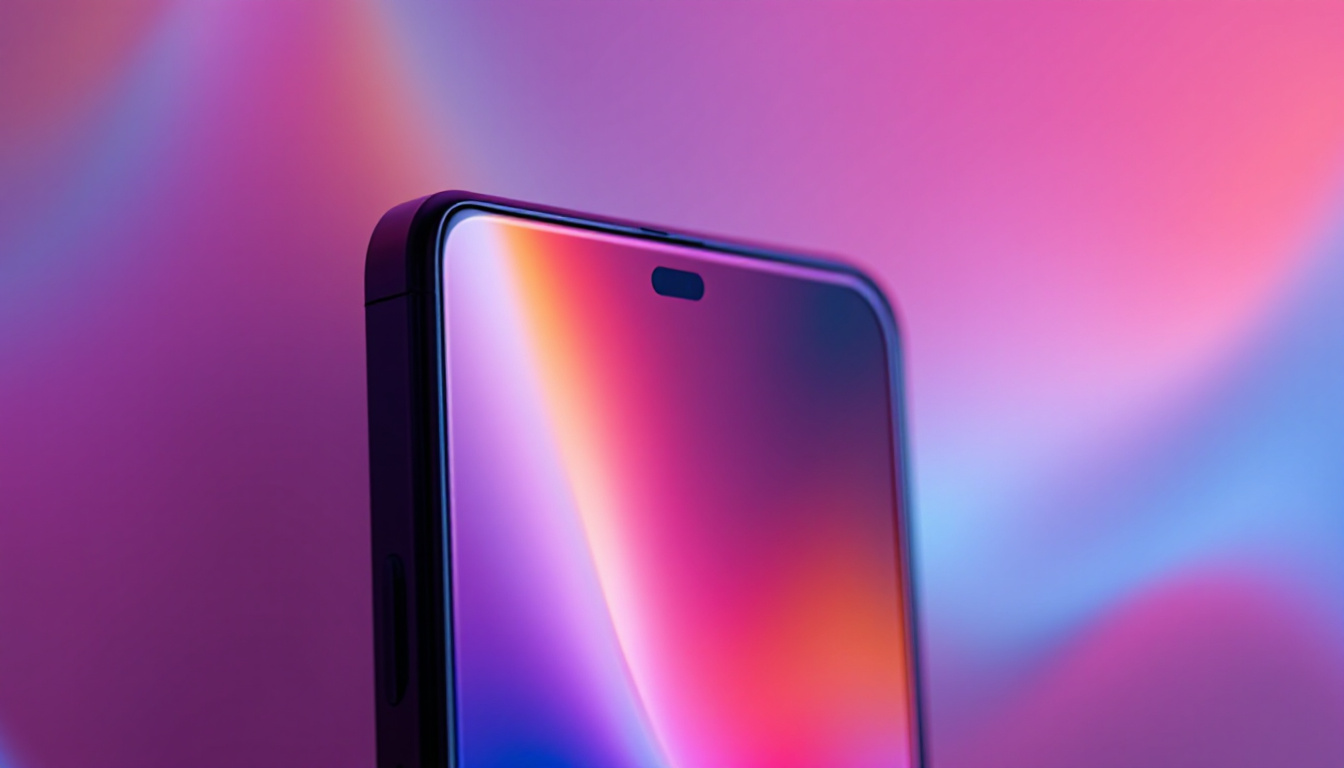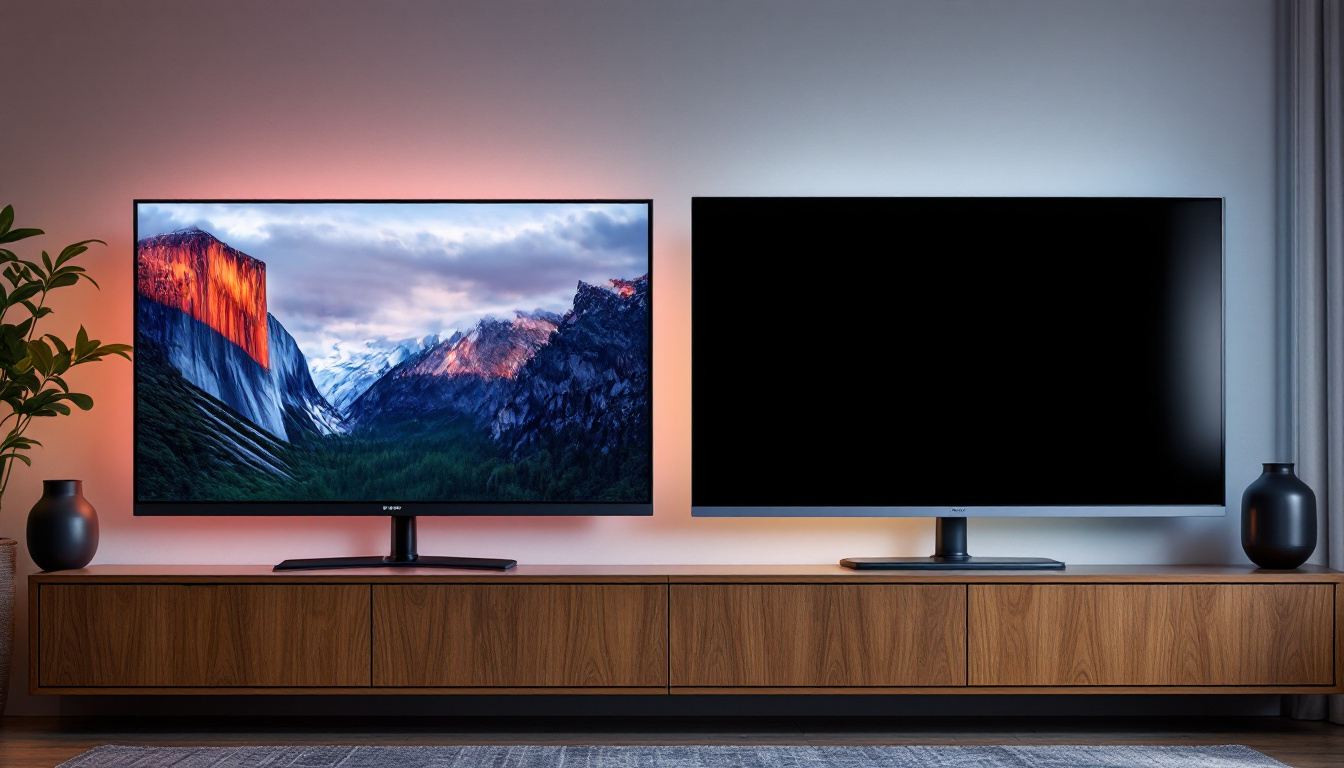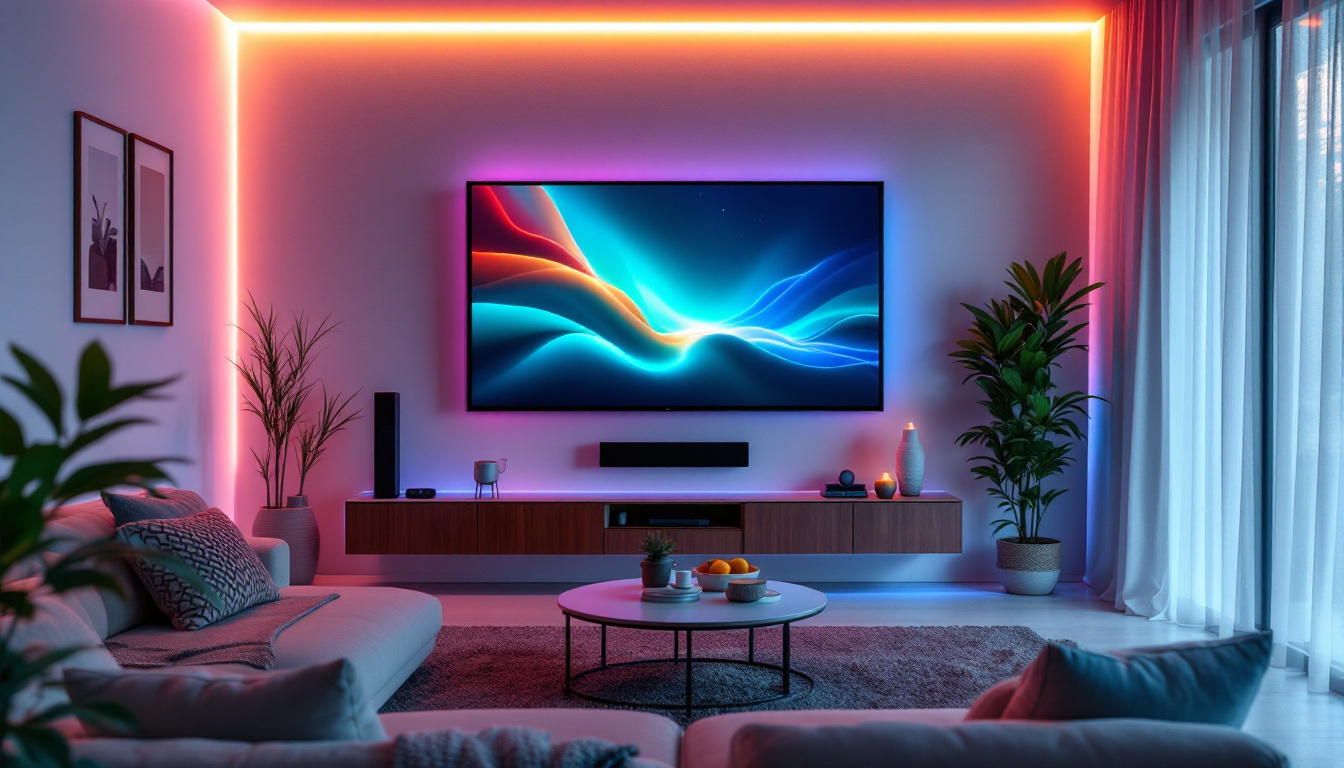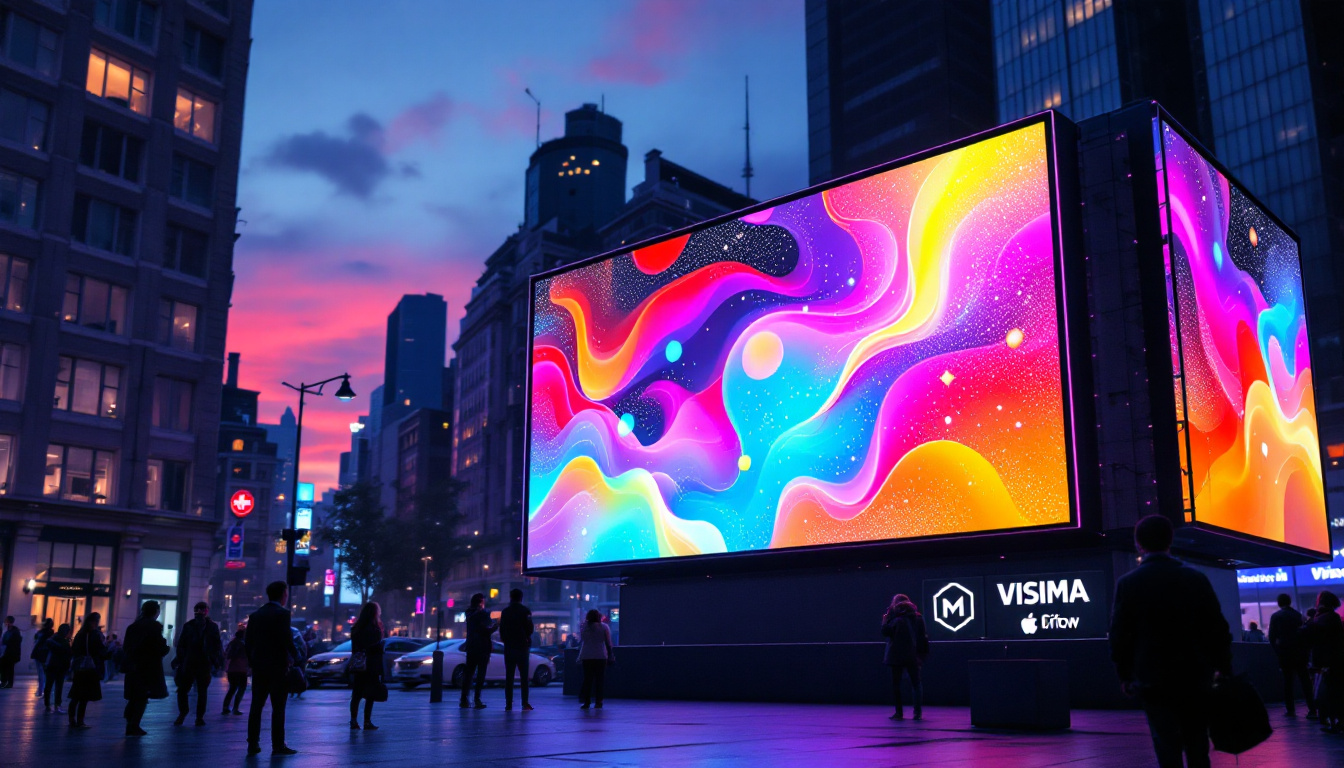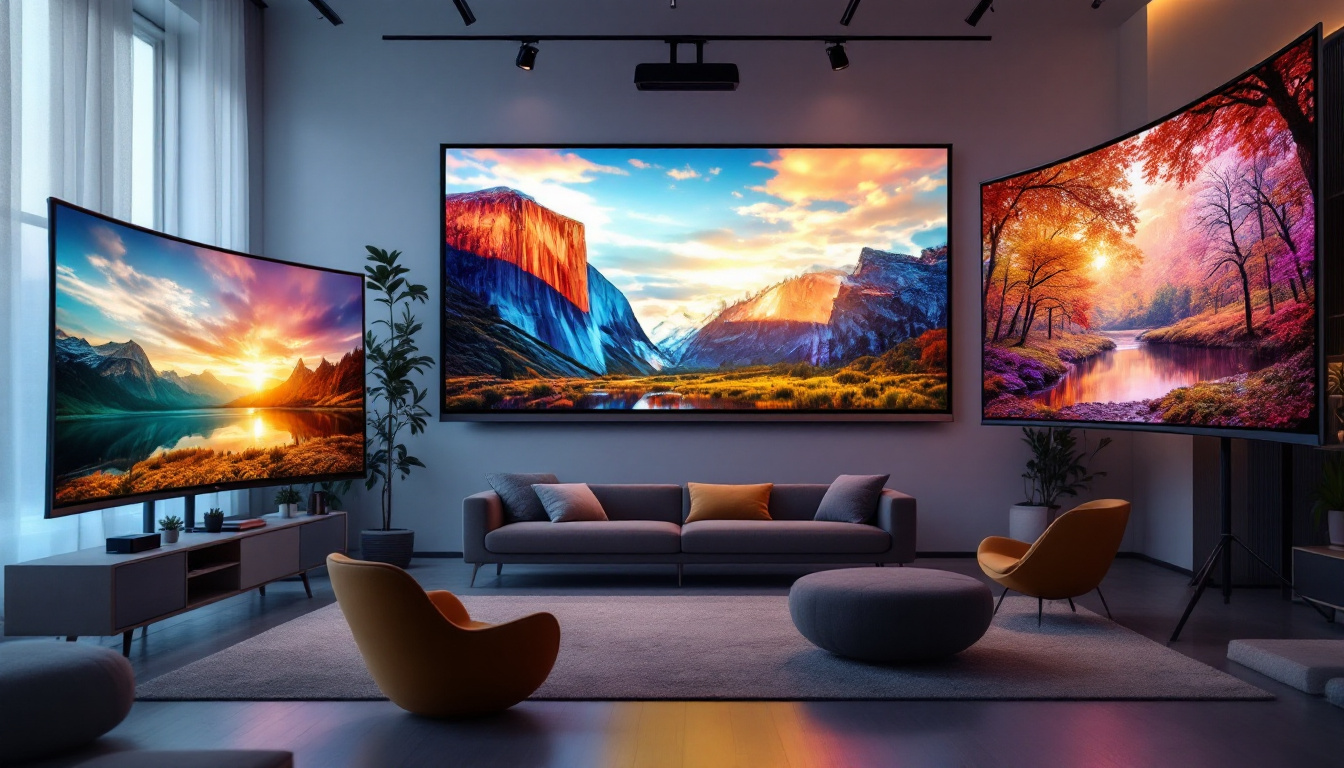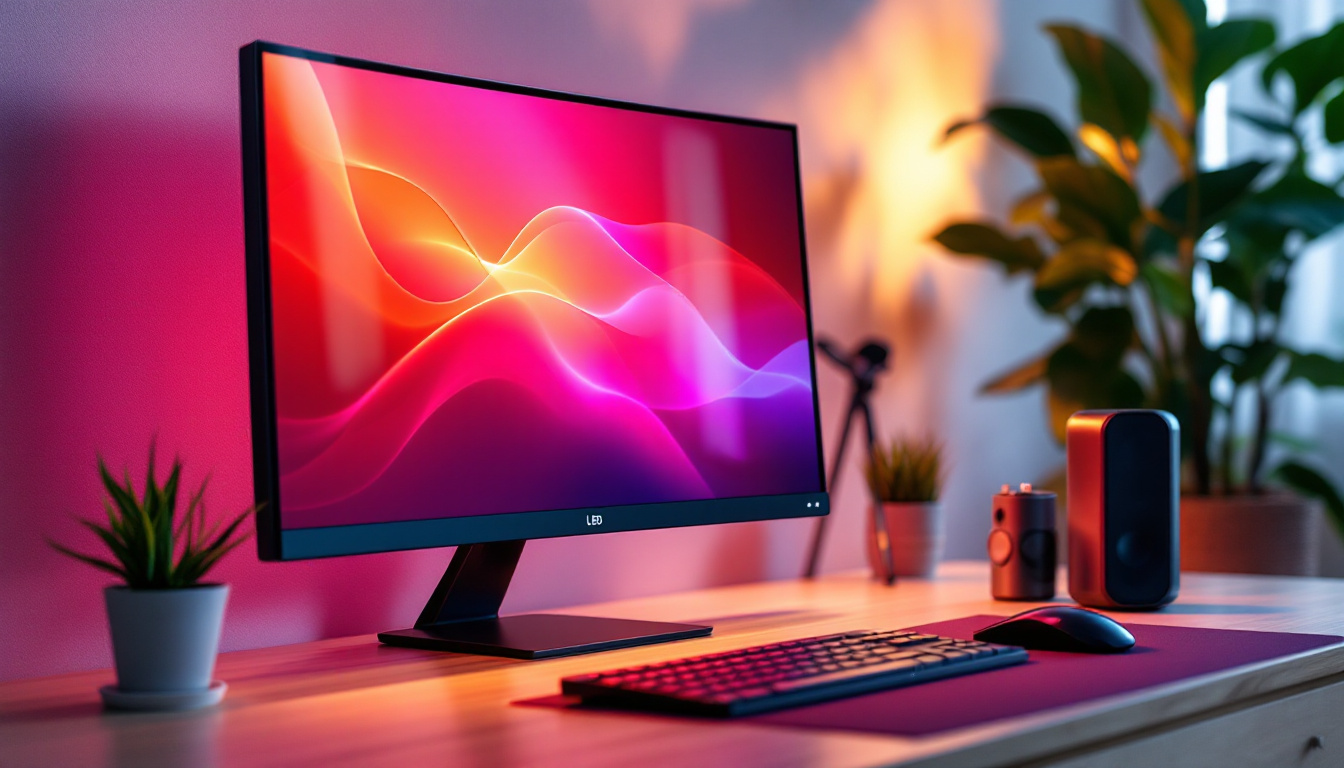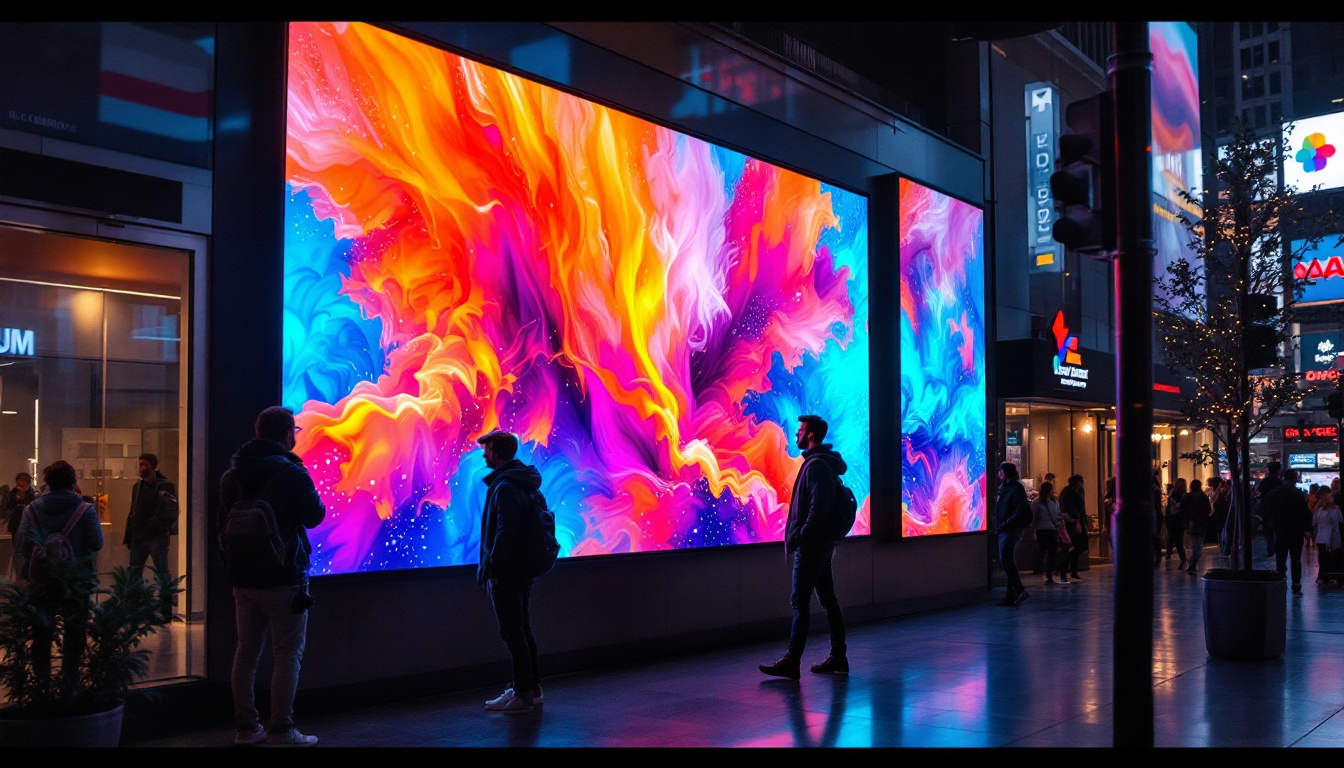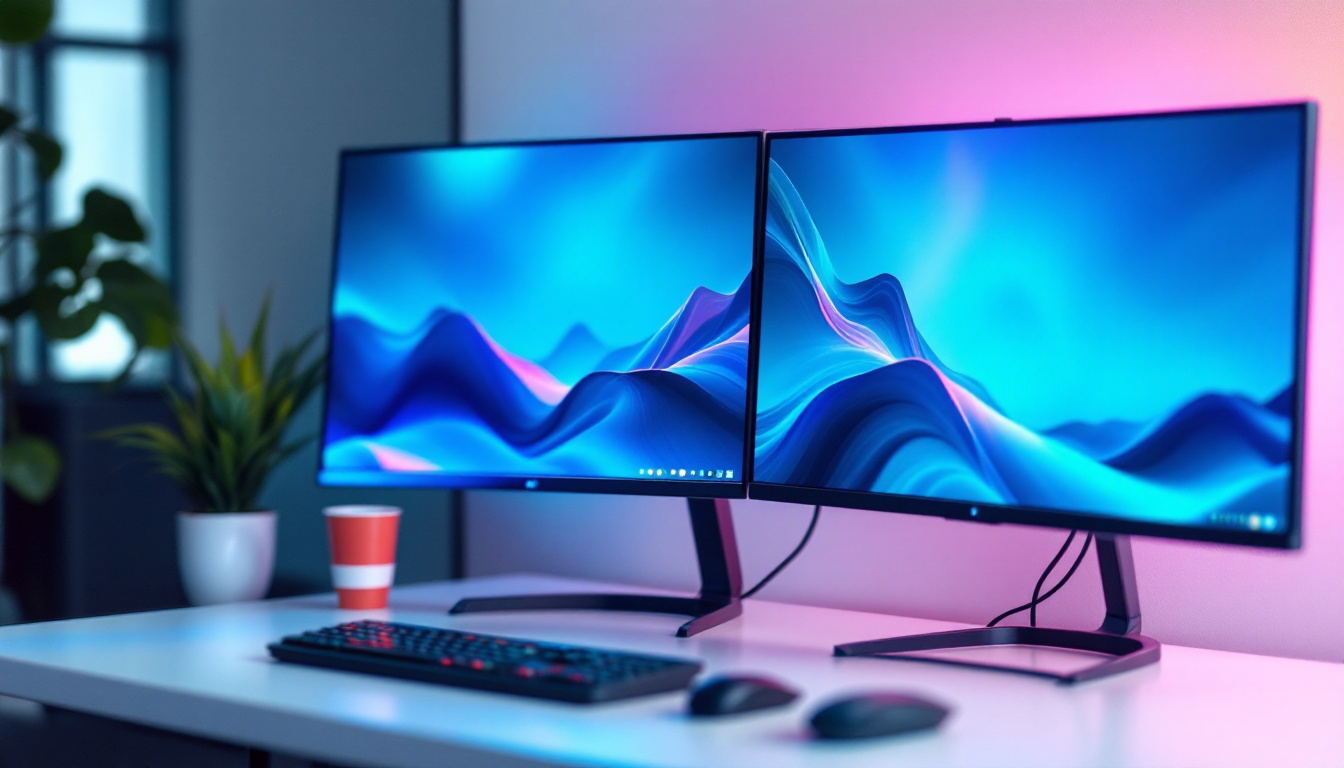DisplayPort 1.4 Vs HDMI 2.0: LED Display Explained
In the realm of high-definition displays, the choice between DisplayPort 1.4 and HDMI 2.0 can significantly impact the performance and quality of visual output. Both technologies have their unique advantages and are designed to cater to different needs. Understanding these differences is crucial for anyone looking to optimize their LED display experience.
Understanding the Basics of DisplayPort and HDMI
Before diving into the specifics of DisplayPort 1.4 and HDMI 2.0, it’s essential to grasp the fundamental concepts of these two interfaces. Both serve the primary purpose of transmitting audio and video signals from a source device to a display, but they do so in different ways. Each interface has its unique advantages and applications, making it crucial to understand their differences when selecting the right one for your needs.
What is DisplayPort 1.4?
DisplayPort 1.4, introduced by the VESA (Video Electronics Standards Association), is a versatile interface designed for high-performance displays. It supports higher resolutions and refresh rates compared to its predecessors, making it an excellent choice for gamers and professionals who require top-notch visual fidelity. The technology behind DisplayPort allows for a more efficient transmission of data, which is particularly beneficial in scenarios where high refresh rates and resolutions are essential.
One of the standout features of DisplayPort 1.4 is its ability to support 8K resolution at 60Hz with HDR (High Dynamic Range) content. This capability stems from its impressive bandwidth of up to 32.4 Gbps, allowing for rich colors and detailed images. Additionally, DisplayPort 1.4 incorporates features like Display Stream Compression (DSC) and Multi-Stream Transport (MST), enabling multiple displays to be connected through a single port. This is particularly advantageous for multi-monitor setups, allowing users to expand their workspace or enhance their gaming experience without the clutter of multiple cables.
Furthermore, DisplayPort 1.4 supports adaptive sync technology, which helps eliminate screen tearing during gameplay. This feature is especially appealing to gamers who demand smooth and responsive visuals. The versatility of DisplayPort also extends to its compatibility with various adapters, allowing users to connect to HDMI, DVI, and VGA displays, thus enhancing its usability across different devices and setups.
What is HDMI 2.0?
HDMI 2.0, on the other hand, is a widely recognized standard for connecting consumer electronics. This version of HDMI improved upon its predecessors by increasing bandwidth to 18 Gbps, allowing for 4K video at 60Hz. While it may not match the capabilities of DisplayPort 1.4 in terms of resolution and refresh rate, HDMI 2.0 is still immensely popular due to its compatibility with a vast array of devices. This widespread adoption makes HDMI the go-to choice for many home entertainment systems, including televisions, gaming consoles, and Blu-ray players.
HDMI 2.0 also supports various audio formats, including multi-channel audio, making it a go-to choice for home theater systems. Moreover, it includes features like CEC (Consumer Electronics Control), which allows users to control multiple devices with a single remote, enhancing convenience. Another significant advantage of HDMI is its support for Consumer Electronics Control (CEC), which simplifies the user experience by enabling control of multiple devices through a single remote. This integration streamlines the operation of home theater setups, making it easier for users to switch between devices without the hassle of multiple remotes. Additionally, HDMI 2.0 supports features like HDR and wide color gamut, further enhancing the viewing experience by providing more vibrant and lifelike images.
Comparative Analysis: Key Features
When comparing DisplayPort 1.4 and HDMI 2.0, several key features come into play. These include bandwidth, resolution support, refresh rates, and additional functionalities that cater to specific use cases.
Bandwidth and Resolution Support
Bandwidth is a critical factor when evaluating display interfaces. DisplayPort 1.4 boasts a maximum bandwidth of 32.4 Gbps, which allows it to support resolutions up to 8K at 60Hz. This makes it ideal for high-end gaming and professional applications that demand exceptional detail and clarity.
In contrast, HDMI 2.0, with its 18 Gbps bandwidth, supports 4K resolution at 60Hz. While this is sufficient for most users, those seeking the highest resolution and refresh rates may find it limiting. However, HDMI 2.0 is more than adequate for standard home entertainment setups, including TVs and projectors. Additionally, HDMI 2.0 incorporates features like Consumer Electronics Control (CEC), allowing multiple devices to be controlled with a single remote, enhancing the user experience in home theater environments.
Refresh Rates and Color Depth
Refresh rates are another crucial aspect to consider. DisplayPort 1.4 can handle higher refresh rates at various resolutions, making it a preferred choice for gamers who want smooth and responsive gameplay. For instance, it can support 144Hz at 1440p and even 120Hz at 4K with DSC.
HDMI 2.0, while capable of 60Hz at 4K, does not provide the same level of performance for higher refresh rates. However, it does support 10-bit color depth, which enhances the range of colors displayed, making it suitable for watching movies and enjoying rich visual content. Furthermore, HDMI 2.0 also supports HDR (High Dynamic Range), which significantly improves the contrast and color accuracy of the image, providing a more immersive viewing experience. This makes HDMI 2.0 particularly appealing for users who prioritize cinematic quality in their home entertainment systems.
Additional Functionalities
Beyond bandwidth and refresh rates, both interfaces offer unique features that cater to different user needs. DisplayPort 1.4 supports Multi-Stream Transport (MST), allowing multiple displays to be connected through a single port. This is particularly beneficial for professionals who require extensive screen real estate for multitasking or for gamers who enjoy immersive multi-monitor setups. Additionally, DisplayPort’s Adaptive Sync technology helps eliminate screen tearing, providing a smoother gaming experience.
On the other hand, HDMI 2.0 has made significant strides in audio capabilities, supporting up to 32 audio channels and providing enhanced audio return channel (eARC) functionality. This is particularly advantageous for users who want to connect their audio systems directly to their TVs without the need for additional cables. The versatility of HDMI 2.0 in handling both high-quality video and audio makes it a popular choice for home theater enthusiasts who seek a comprehensive multimedia experience.
Practical Applications: Which is Better for You?
The decision between DisplayPort 1.4 and HDMI 2.0 often depends on the specific use case and the devices being connected. Each interface has its strengths and weaknesses, making them suitable for different scenarios.
Gaming and High-Performance Applications
For gamers and professionals using high-performance displays, DisplayPort 1.4 is the clear winner. Its ability to support higher resolutions, refresh rates, and advanced features like G-Sync and FreeSync makes it the preferred choice for those who demand the best performance from their displays.
Moreover, the support for multiple displays through MST allows gamers to create immersive setups with minimal cabling. This flexibility can enhance the gaming experience, providing a competitive edge in fast-paced environments.
Home Theater and General Use
HDMI 2.0 shines in home theater setups and general use cases. Its widespread compatibility with TVs, sound systems, and streaming devices makes it a versatile option for consumers. The convenience of CEC and the ability to transmit audio alongside video make HDMI 2.0 a practical choice for those looking to simplify their home entertainment systems.
Furthermore, HDMI 2.0 supports various audio formats, including Dolby Atmos, which enhances the overall viewing experience. This makes it an excellent choice for movie enthusiasts who prioritize sound quality as much as visual fidelity.
Future-Proofing Your Setup
As technology continues to evolve, future-proofing your setup becomes increasingly important. Both DisplayPort and HDMI have made strides to accommodate upcoming advancements in display technology.
Upcoming Standards and Compatibility
DisplayPort 2.0 is on the horizon, promising even higher bandwidth and support for resolutions beyond 8K. This future standard will likely solidify DisplayPort’s status as the go-to interface for high-end displays. However, it’s essential to consider the current ecosystem of devices, as not all monitors and graphics cards may support the latest standards immediately.
On the other hand, HDMI 2.1 has already begun to make waves in the market, offering features like 8K support, higher refresh rates, and enhanced audio return channel (eARC). This positions HDMI as a strong contender for future home entertainment systems, especially as more devices adopt the new standard.
Choosing the Right Cables and Adapters
When selecting cables and adapters for either interface, it’s crucial to ensure compatibility with the desired resolutions and refresh rates. For DisplayPort, using certified cables is recommended to achieve the best performance, particularly for high-bandwidth applications.
For HDMI, while most cables will suffice for 4K at 60Hz, opting for premium certified cables can help avoid potential issues, especially when pushing the limits of the standard. Understanding the specifications of the cables being used can prevent frustrating connectivity problems.
Conclusion: Making the Right Choice
Ultimately, the choice between DisplayPort 1.4 and HDMI 2.0 boils down to individual needs and preferences. For gamers and professionals seeking the highest performance, DisplayPort 1.4 offers unmatched capabilities. Conversely, for home theater enthusiasts and general users, HDMI 2.0 provides a robust and versatile solution.
As technology continues to advance, staying informed about new standards and features will help ensure that your setup remains relevant and capable of delivering exceptional performance. Whether it’s gaming, professional work, or enjoying movies, understanding the strengths of each interface will empower users to make informed decisions that enhance their visual experiences.
In the end, both DisplayPort 1.4 and HDMI 2.0 have their place in the world of LED displays. By carefully considering the specific requirements of your setup, you can choose the right interface that aligns with your needs and preferences, ensuring a satisfying and immersive experience.
Explore Cutting-Edge LED Displays with LumenMatrix
Whether you’re a gaming aficionado, a professional seeking high-performance displays, or a home theater enthusiast looking to elevate your viewing experience, LumenMatrix has the perfect LED display solution for you. As a leader in LED display technology, we offer an extensive range of innovative products, from Indoor and Outdoor LED Wall Displays to specialized solutions like Vehicle LED Displays and LED Sports Displays. Embrace the future of visual communication with our All-in-One and Custom LED Display options, designed to captivate audiences and amplify your message. Check out LumenMatrix LED Display Solutions today and transform your visual experience.

